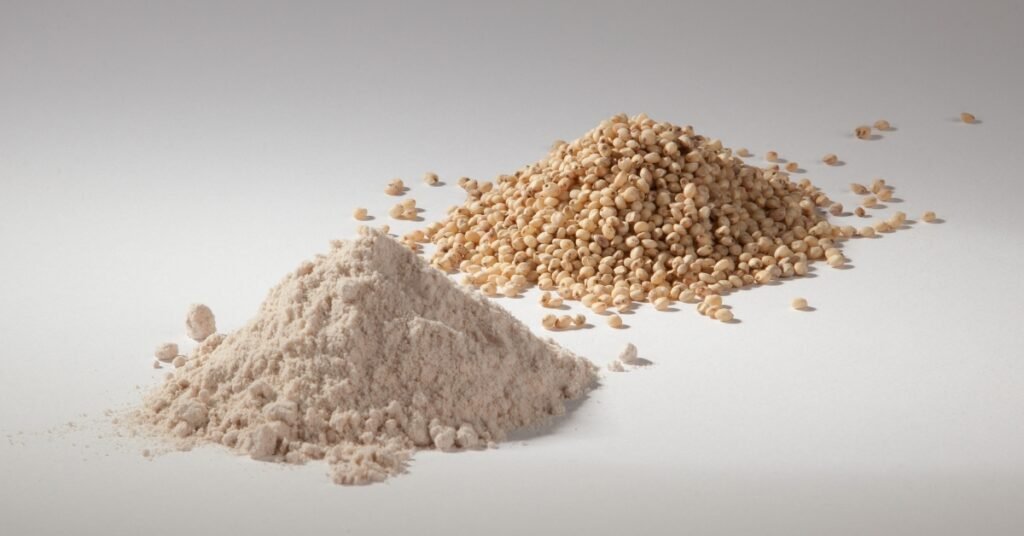Find out how long it should take to walk a mile, with average times, influencing factors, and tips to improve your walking speed for fitness.
Table of Contents
Walk
Walking a mile is a common and approachable fitness goal for people of all activity levels.
However, the question often arises: “How long should it take to walk a mile?”
The answer varies based on various factors, including age, fitness level, and terrain.
This blog post will explore the various influences on walking speed, provide guidelines for typical walking times, and offer practical tips for improving your pace.
Factors Affecting Walking Speed
- Age: As we age, our walking speed tends to decrease due to changes in muscle mass, flexibility, and overall fitness.
- Fitness Level: People who regularly walk for exercise or leisure often have a faster pace than those less accustomed to physical activity.
- Purpose: Walking with intent (e.g., for fitness or commuting) is generally faster than leisurely strolling for enjoyment.
- Terrain: Walking on steep hills or uneven ground typically takes longer than walking on a flat, well-paved path.
Average Walking Times by Age and Pace
Here is a table showing approximate average walking times per age group and pace:
| Age Group | Leisurely Pace | Brisk Pace |
|---|---|---|
| 18-29 | 12-14 minutes | 10-12 minutes |
| 30-49 | 13-15 minutes | 11-13 minutes |
| 50+ | 14-16 minutes | 12-14 minutes |
A leisurely pace generally means walking in a relaxed, comfortable manner, while a brisk pace is one in which you consciously exert effort to cover more ground quickly.
How to Measure Your Walking Time
If you are curious about your own walking time for a mile, you can measure it using these methods:
- Tracking Apps: Many smartphones and smartwatches have built-in health apps that measure your walking distance and time.
- Map Your Route: Plan a one-mile route using mapping tools like Google Maps, and then time yourself as you walk.
- GPS Devices: Dedicated GPS fitness trackers accurately measure walking time and distance.
Tips to Improve Your Walking Speed
If you are aiming to walk faster, consider these strategies to enhance your pace:
- Increase Cadence: Instead of longer steps, focus on increasing the number of steps you take per minute.
- Engage Your Core: Strengthening your core muscles helps maintain posture, allowing for a more efficient stride.
- Warm Up Properly: Begin your walk with gentle stretches and a slower pace to warm up your muscles and reduce your risk of injury.
- Choose the Right Footwear: Comfortable shoes with proper arch support can help prevent foot pain and fatigue, encouraging a faster pace.
- Mix Up Your Routine: Incorporate interval training or hill walks into your routine to challenge yourself.
Health Benefits of Walking
Incorporating regular walks into your lifestyle offers numerous health benefits:
- Cardiovascular Health: Walking helps improve blood circulation, reducing the risk of heart disease and stroke.
- Weight Management: Consistent walking can contribute to weight loss or maintenance.
- Muscular Strength and Endurance: It builds strength in your lower body and enhances endurance.
- Mental Health: Walking has been shown to reduce stress and boost your mood by releasing endorphins.
Conclusion
Various factors influence the time it takes to walk a mile, but understanding your own pace and how you can improve is crucial for reaching your fitness goals.
Remember, consistency is critical.
Regular walks can significantly benefit your overall health, whether leisurely or briskly.
Enjoy the process, listen to your body, and find the rhythm that suits you best.




